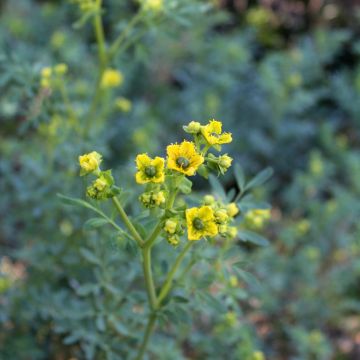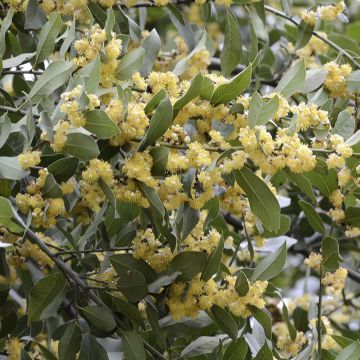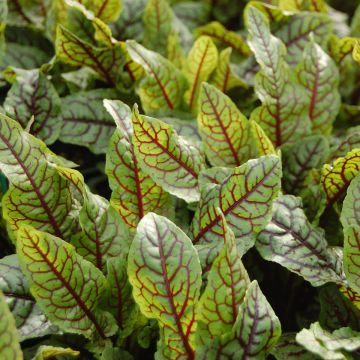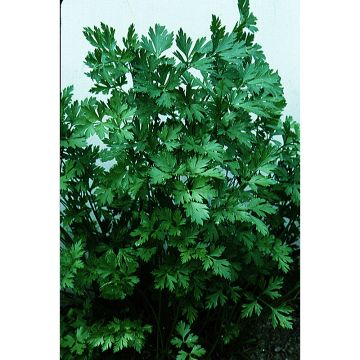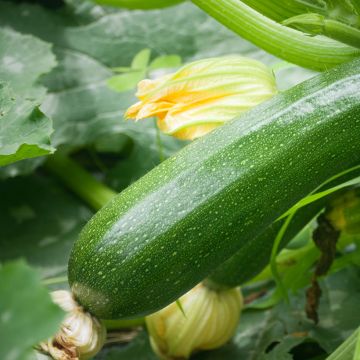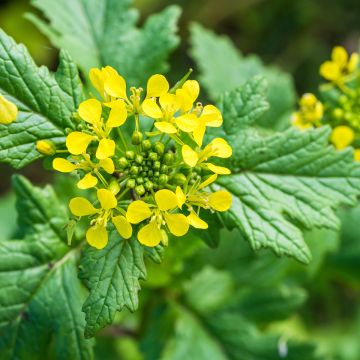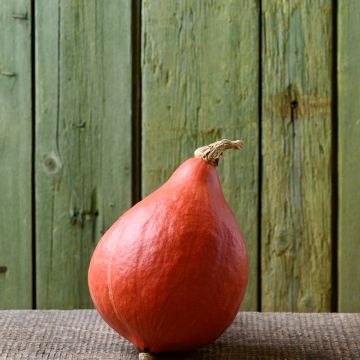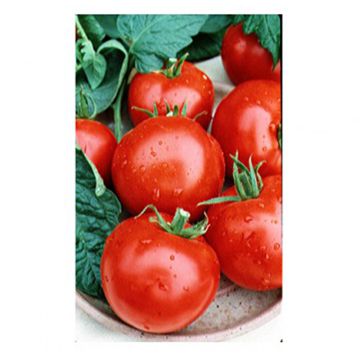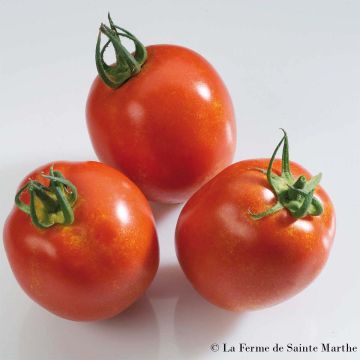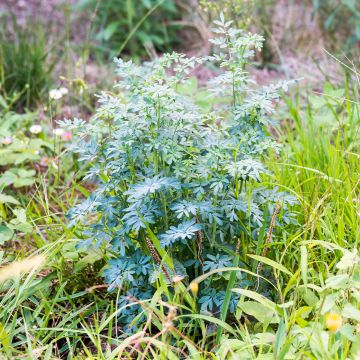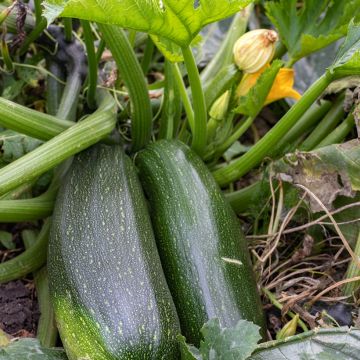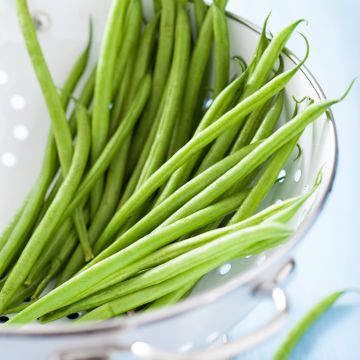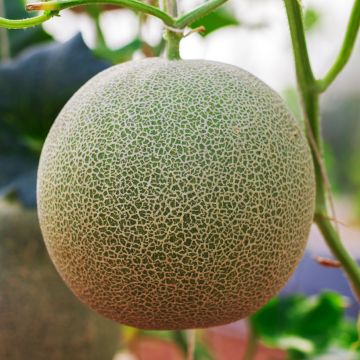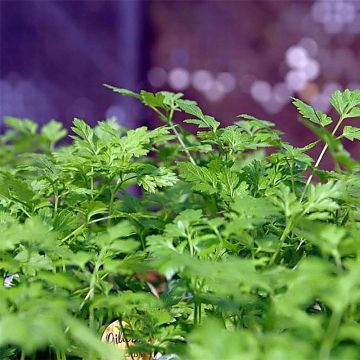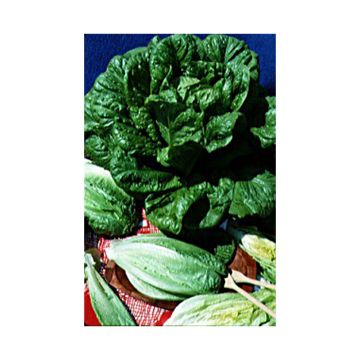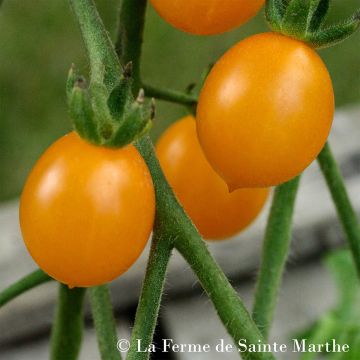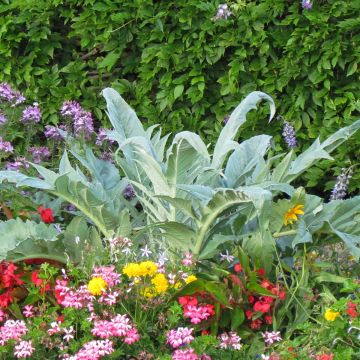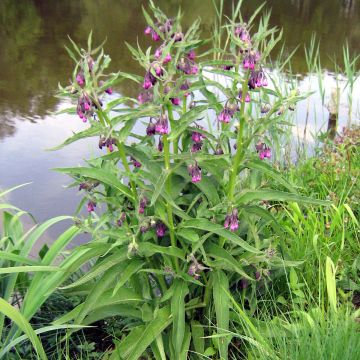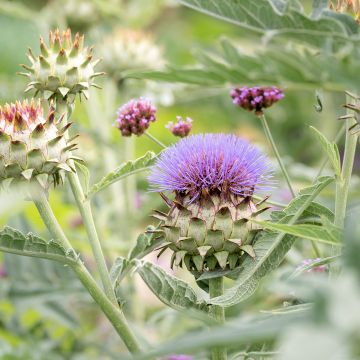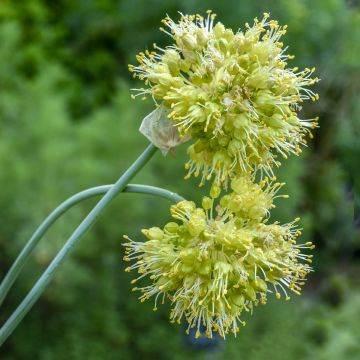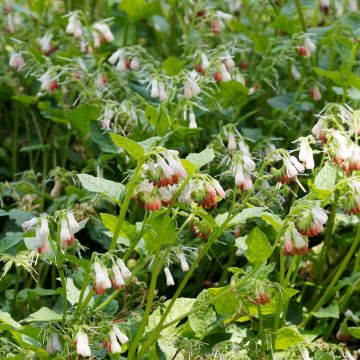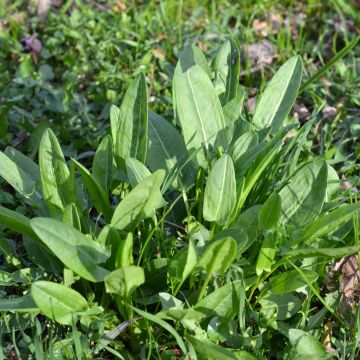Shipping country and language
Your country of residence may be:
Your country of residence is:
For a better user experience on our website, you can select:
Your shipping country:
Andorra
Austria
Belgium
Bulgaria
Canada
Chile
Croatia
Cyprus
Czechia
Denmark
Estonia
Finland
France
Germany
Greece
Hungary
Iceland
Ireland
Italy
Latvia
Lithuania
Luxembourg
Malta
Monaco
Netherlands
Poland
Portugal
Romania
Slovakia
Slovenia
Spain
Sweden
Switzerland
United Kingdom
We only deliver seed and bulb products to your country. If you add other products to your basket, they cannot be shipped.
Language:
French
German
Spanish
English
My Account
Hello
My wish lists
Plantfit
Log in / Register
Existing customer?
New customer?
Create an account to track your orders, access our customer service and, if you wish, make the most of our upcoming offers.
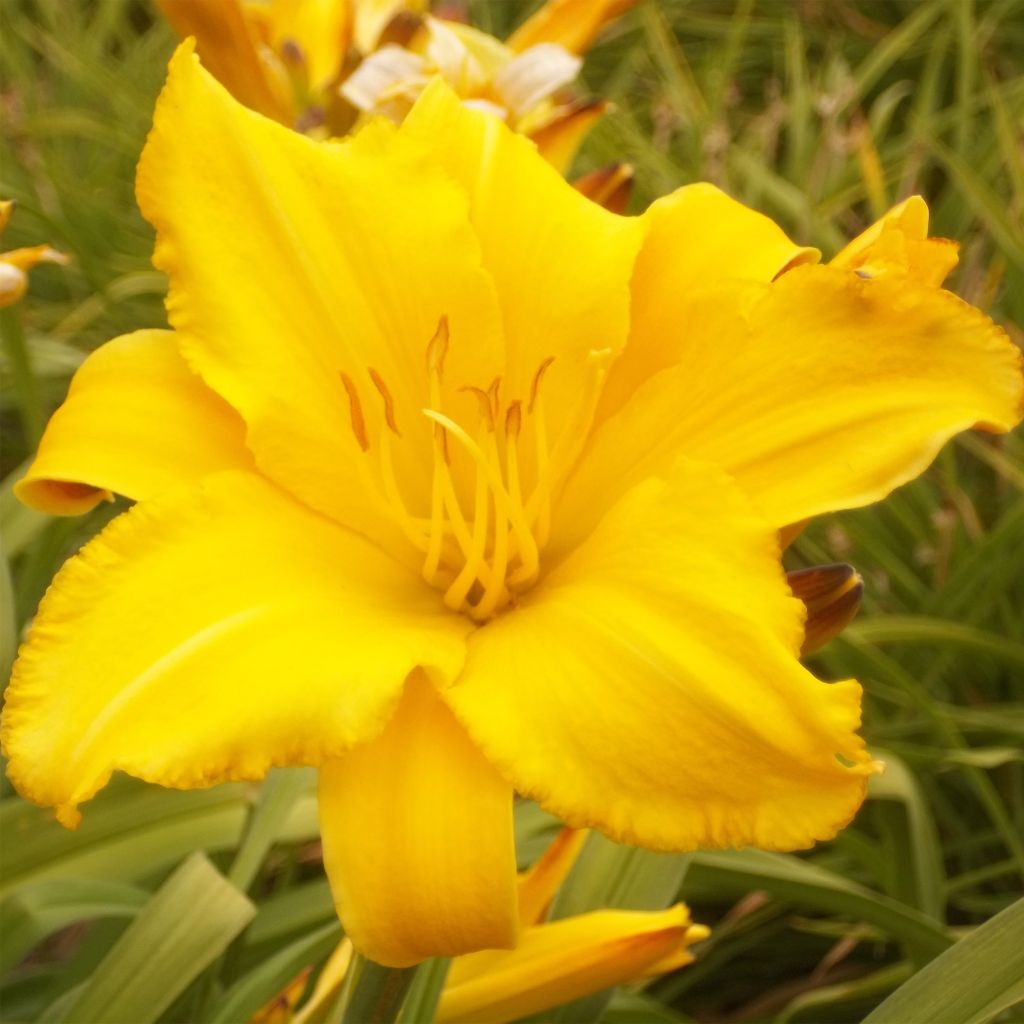

Edible Organic Daylily - Hemerocallis Buttercup
Edible Organic Daylily - Hemerocallis Buttercup
Hemerocallis Buttercup
Daylily
I chose this daylily for its evergreen aspect as it was intended to enhance a somewhat flat flower bed in winter, but unfortunately it is not (in my garden). I had seen on other websites that it was deciduous, so I had mentioned it to Promesse de Fleurs, who assured me that it was indeed evergreen. After two winters, my fears were confirmed. This doesn't take away from the fact that it is a very beautiful plant that bloomed in its first year and has grown tremendously.
Marie, 28/02/2022
Why not try an alternative variety in stock?
View all →Order in the next for dispatch today!
Dispatch by letter from €3.90.
Delivery charge from €5.90 Oversize package delivery charge from €6.90.
More information
This item is not available in your country.
Schedule delivery date,
and select date in basket
This plant carries a 6 months recovery warranty
More information
We guarantee the quality of our plants for a full growing cycle, and will replace at our expense any plant that fails to recover under normal climatic and planting conditions.
From €5.90 for pickup delivery and €6.90 for home delivery
Express home delivery from €8.90.

Description
The Edible Daylily 'Buttercup' is a perennial plant that produces flowers similar to lilies, in a beautiful bright yellow colour. It is sometimes called the 'day lily' because its ephemeral flowers only open for a day. Nevertheless, they constantly succeed each other, offering continuous flowering during the summer. The Buttercup variety offers tasty flowers that can be used to enhance savoury or sweet dishes. It is very hardy and easy to grow, ideal for permaculture as it stays in place for many years. Plant it in autumn (or possibly in spring) and harvest the flowers during summer.
The name Hemerocallis comes from Greek and means 'beauty of a day'. Each flower will bloom in the morning and wilt in the evening, making room for a new flower on the same stem the next day. The flowers are a beautiful bright yellow and trumpet-shaped. Its leaves are evergreen and slightly arched. The plant reaches a height of 60 cm (24in) at maturity. It naturally grows in wet areas.
The flowers are widely used in Asian cuisine and can be consumed raw or cooked, in savoury or sweet dishes. You can stuff them with meat or cheese, prepare them as fritters, or use them to flavour soups and desserts. Their taste is slightly sweet and peppery.
This plant with edible and decorative flowers will fit both in the vegetable garden and in the ornamental garden. It is very hardy and low-maintenance and stays in place for many years. It can also be grown in pots.
Harvesting: The flowers should be picked in summer, from June to September. The harvest should be regular as each flower lasts only one day! Note: flowering will become more abundant from the 2nd year.
Preservation: The flowers should be consumed quickly after harvest. You can put them in a vase and the flowers will last for a week as long as you change the water every day.
Gardener's tip: We recommend mulching the soil with thin successive layers of grass clippings, if possible mixed with dead leaves. This protection helps the soil stay moist and reduces weed growth.
Edible Organic Daylily - Hemerocallis Buttercup in pictures
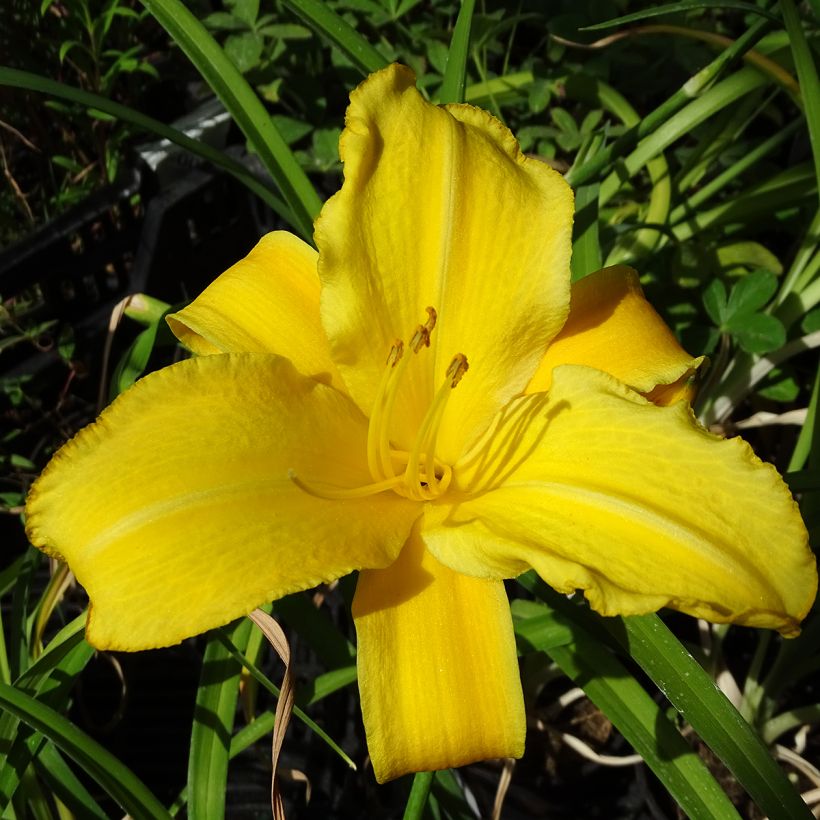

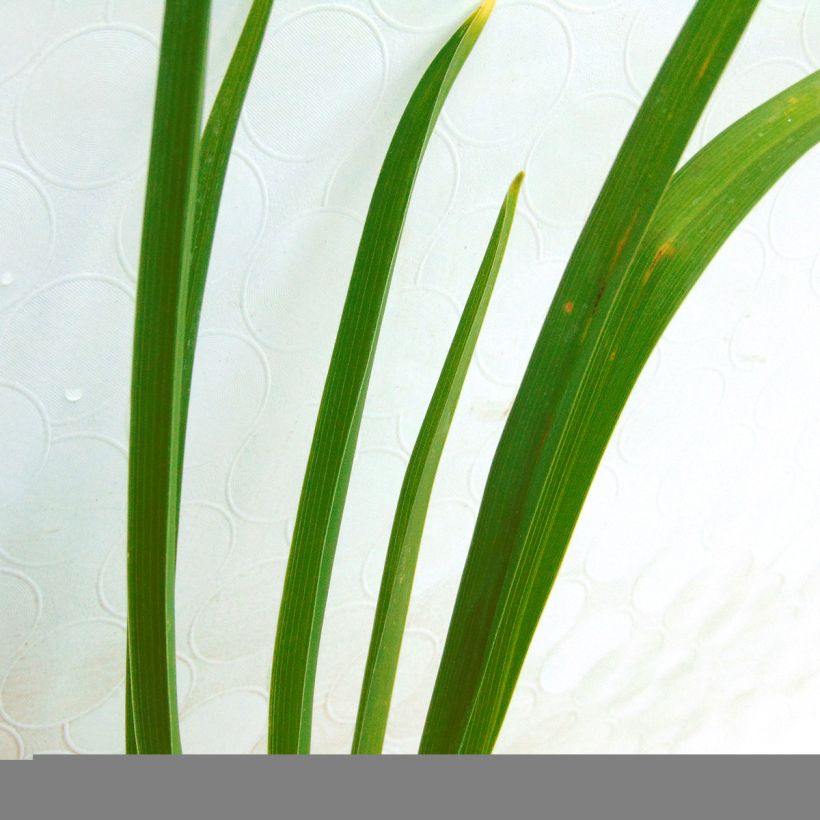

Harvest
Plant habit
Foliage
Other Vegetable garden A to Z
Planting and care
The edible daylily thrives in most types of soils, including poor and limestone soils, but particularly likes rich, moist, well-drained soils. Choose a sunny or partially shady exposure. Planting can be done in March-April, but is better in autumn, in September-October.
Add well-rotted compost after loosening the soil. Soak the root balls in water for 1/2 hour before planting.
Space the plants 60 cm (24in) apart. Dig a hole (3 times the volume of the root ball), place the root ball after untangling the roots if necessary, and cover with fine soil. Firm and water to keep the soil moist.
Water during the summer. In autumn, remove faded flowers and yellowed leaves. In early spring, add a little well-rotted compost on the surface.
The daylily can be propagated by dividing clumps in spring or autumn. This operation is recommended every 5 years or so.
Cultivation
Care
Intended location
- , onOrder confirmed
Reply from on Promesse de fleurs
Old and forgotten vegetables
Haven't found what you were looking for?
Hardiness is the lowest winter temperature a plant can endure without suffering serious damage or even dying. However, hardiness is affected by location (a sheltered area, such as a patio), protection (winter cover) and soil type (hardiness is improved by well-drained soil).

Photo Sharing Terms & Conditions
In order to encourage gardeners to interact and share their experiences, Promesse de fleurs offers various media enabling content to be uploaded onto its Site - in particular via the ‘Photo sharing’ module.
The User agrees to refrain from:
- Posting any content that is illegal, prejudicial, insulting, racist, inciteful to hatred, revisionist, contrary to public decency, that infringes on privacy or on the privacy rights of third parties, in particular the publicity rights of persons and goods, intellectual property rights, or the right to privacy.
- Submitting content on behalf of a third party;
- Impersonate the identity of a third party and/or publish any personal information about a third party;
In general, the User undertakes to refrain from any unethical behaviour.
All Content (in particular text, comments, files, images, photos, videos, creative works, etc.), which may be subject to property or intellectual property rights, image or other private rights, shall remain the property of the User, subject to the limited rights granted by the terms of the licence granted by Promesse de fleurs as stated below. Users are at liberty to publish or not to publish such Content on the Site, notably via the ‘Photo Sharing’ facility, and accept that this Content shall be made public and freely accessible, notably on the Internet.
Users further acknowledge, undertake to have ,and guarantee that they hold all necessary rights and permissions to publish such material on the Site, in particular with regard to the legislation in force pertaining to any privacy, property, intellectual property, image, or contractual rights, or rights of any other nature. By publishing such Content on the Site, Users acknowledge accepting full liability as publishers of the Content within the meaning of the law, and grant Promesse de fleurs, free of charge, an inclusive, worldwide licence for the said Content for the entire duration of its publication, including all reproduction, representation, up/downloading, displaying, performing, transmission, and storage rights.
Users also grant permission for their name to be linked to the Content and accept that this link may not always be made available.
By engaging in posting material, Users consent to their Content becoming automatically accessible on the Internet, in particular on other sites and/or blogs and/or web pages of the Promesse de fleurs site, including in particular social pages and the Promesse de fleurs catalogue.
Users may secure the removal of entrusted content free of charge by issuing a simple request via our contact form.
The flowering period indicated on our website applies to countries and regions located in USDA zone 8 (France, the United Kingdom, Ireland, the Netherlands, etc.)
It will vary according to where you live:
- In zones 9 to 10 (Italy, Spain, Greece, etc.), flowering will occur about 2 to 4 weeks earlier.
- In zones 6 to 7 (Germany, Poland, Slovenia, and lower mountainous regions), flowering will be delayed by 2 to 3 weeks.
- In zone 5 (Central Europe, Scandinavia), blooming will be delayed by 3 to 5 weeks.
In temperate climates, pruning of spring-flowering shrubs (forsythia, spireas, etc.) should be done just after flowering.
Pruning of summer-flowering shrubs (Indian Lilac, Perovskia, etc.) can be done in winter or spring.
In cold regions as well as with frost-sensitive plants, avoid pruning too early when severe frosts may still occur.
The planting period indicated on our website applies to countries and regions located in USDA zone 8 (France, United Kingdom, Ireland, Netherlands).
It will vary according to where you live:
- In Mediterranean zones (Marseille, Madrid, Milan, etc.), autumn and winter are the best planting periods.
- In continental zones (Strasbourg, Munich, Vienna, etc.), delay planting by 2 to 3 weeks in spring and bring it forward by 2 to 4 weeks in autumn.
- In mountainous regions (the Alps, Pyrenees, Carpathians, etc.), it is best to plant in late spring (May-June) or late summer (August-September).
The harvesting period indicated on our website applies to countries and regions in USDA zone 8 (France, England, Ireland, the Netherlands).
In colder areas (Scandinavia, Poland, Austria...) fruit and vegetable harvests are likely to be delayed by 3-4 weeks.
In warmer areas (Italy, Spain, Greece, etc.), harvesting will probably take place earlier, depending on weather conditions.
The sowing periods indicated on our website apply to countries and regions within USDA Zone 8 (France, UK, Ireland, Netherlands).
In colder areas (Scandinavia, Poland, Austria...), delay any outdoor sowing by 3-4 weeks, or sow under glass.
In warmer climes (Italy, Spain, Greece, etc.), bring outdoor sowing forward by a few weeks.

